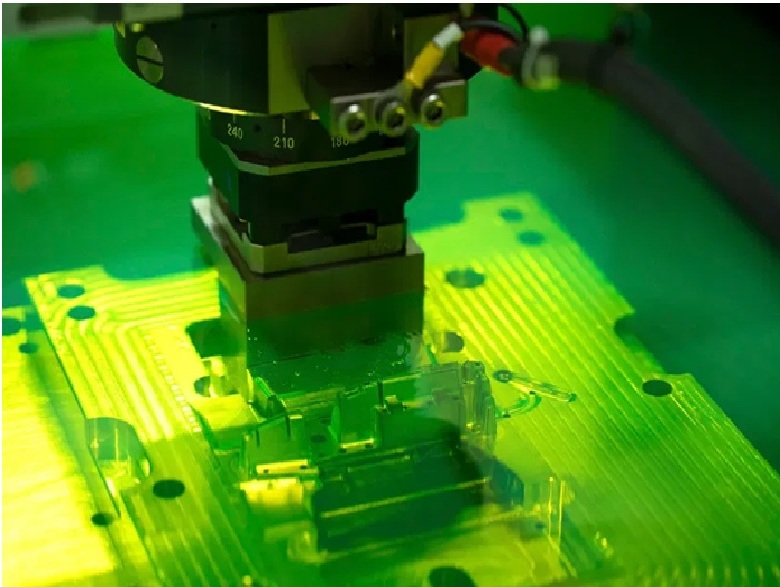
Plastic is all around us. Small plastic components are commonly used in manufacturing larger products and are essential for making things smaller, lighter, and cheaper. Injection moulding is a term to describe a manufacturing process that allows makers to create lots of the same small plastic components. The result is near identical components with an incredibly detailed design.
Another method used to create plastic designs is blow moulding. This is used to create hollow shapes like bottles. Injection moulding and blow moulding may be used to create the same product. A great example of this would be bottle manufacturing. While the body of the bottle is made using blow moulding, the cap is made using injection moulding. The thread on the top of the bottleneck is made using a combination process called injection stretch blow moulding.
Plastic moulding, in general, is an incredibly versatile manufacturing process that can use raw or recycled materials to create incredibly detailed designs over and over again.
When we talk about injection moulding, we’re really talking about a few different processes, including over moulding, insert moulding, cold runner moulding and more. In this guide, we will look at some of the most common injection moulding processes available.
What is overmoulding?
Overmoulding is sometimes known as two-shot moulding. This is a process that covers one substance, such as metal, in another substance to help improve the performance. A thermoplastic elastomer is commonly used as an overmold material. Overmoulding can be used to create a seal between parts made from two separate injection moulds. It can also be used to improve the performance of a product.
A great example of this would be the soft rubbery material that is added on top of the hard plastic base of a hairbrush handle. The textured rubber overmoulding helps the user to get a better grip on the hairbrush and also helps to make the entire product more sturdy.
What is thermoplastic injection moulding?
Thermoplastic injection moulding is a process that uses plastic in a liquid state. Once the plastic has cooled into a solid-state, it’s possible to turn it into a liquid again. This is an important factor to consider if you want your components to be recyclable.
What is insert moulding?
Similar to overmoulding, insert moulding is an injection moulding process which combines two components in the finished product. This can increase the strength of the final product, or reduce the overall weight of the product. An insert is placed into the injection mould cavity before the plastic is added. The plastic fills the space between the insert and the mould, using less plastic to fill the space.
What is cold runner injection moulding?
This is a cost-effective injection moulding process that uses a sprue to fill the runners that fill the mould cavity. A two-plate mould will have the runner system and parts attached and an ejection system is commonly used to pull the polymer from the mould. This process will create components with a large amount of cold runner waste. This waste can be removed and recycled into the system, but this will require manpower to remove the components from the runners and will, therefore, increase the cycle time.
What is hot runner injection moulding?
Hot runners can reduce the amount of waste products by delivering the heated material through a gate to fill the mould cavity. The cost to set up hot runner injection moulding might be higher, but this is often offset by the faster cycle times and less wasted material. In the medical sector, all material must be 100% virgin polymer, so hot runner injection moulding will result in a high amount of unusable waste. By upgrading the system to a hot runner injection moulding, production efficiency can be increased.
What is 3D printing?
3D printing is growing in popularity thanks to its accessibility. Anyone can buy a 3D printer and start to create polymer components. 3D printing is more commonly used in prototyping as it isn’t the most efficient process for producing large volumes of components. Instead, it can be used to create prototypes before the injection moulding process can begin.





